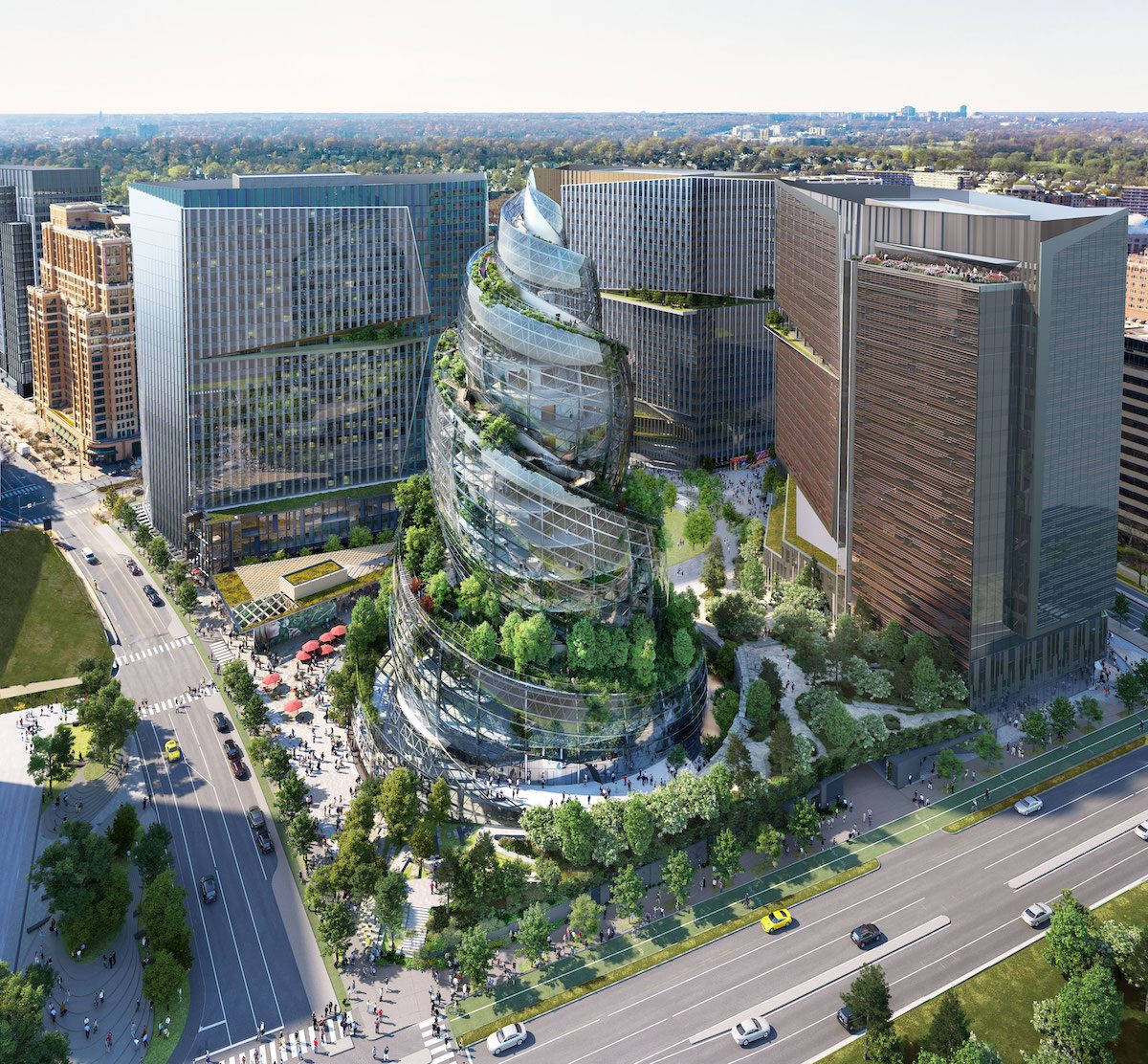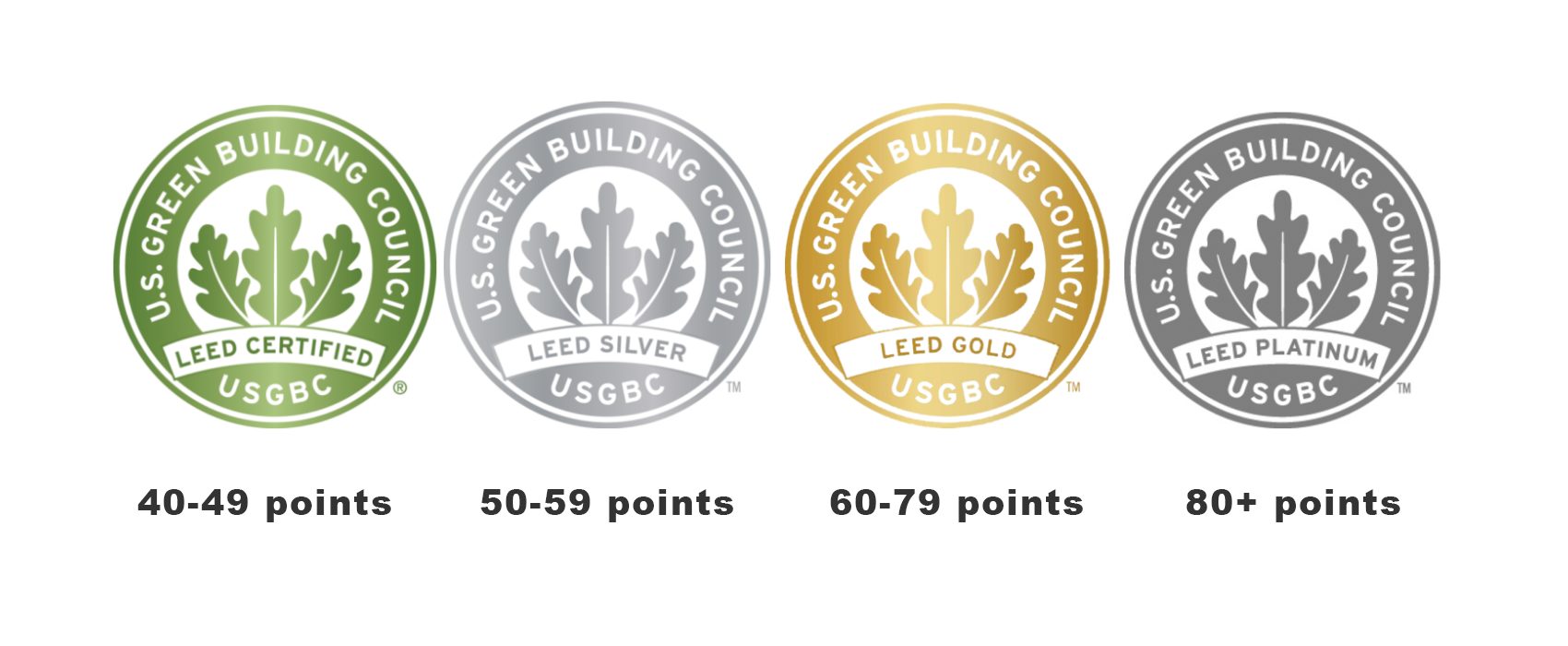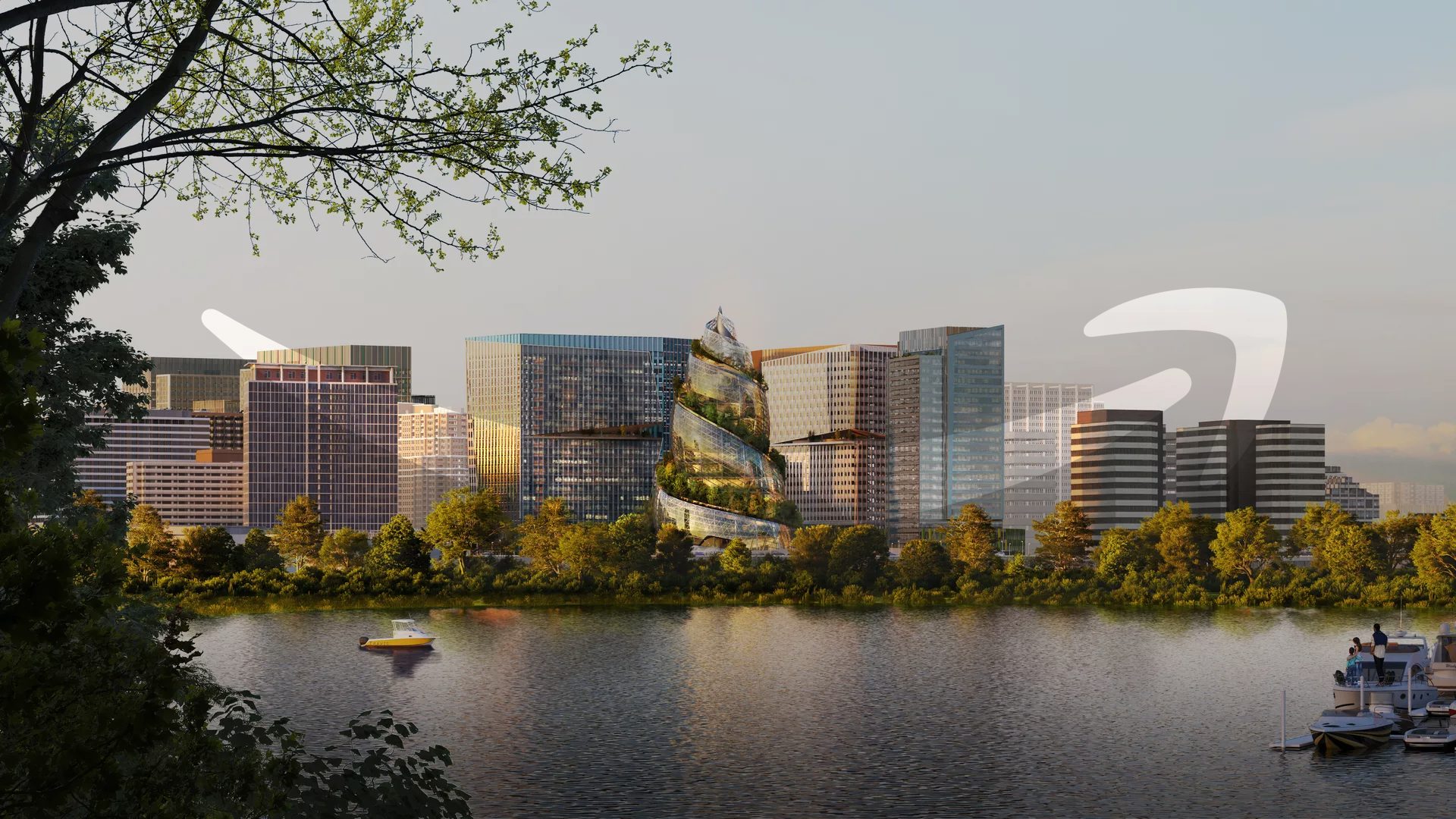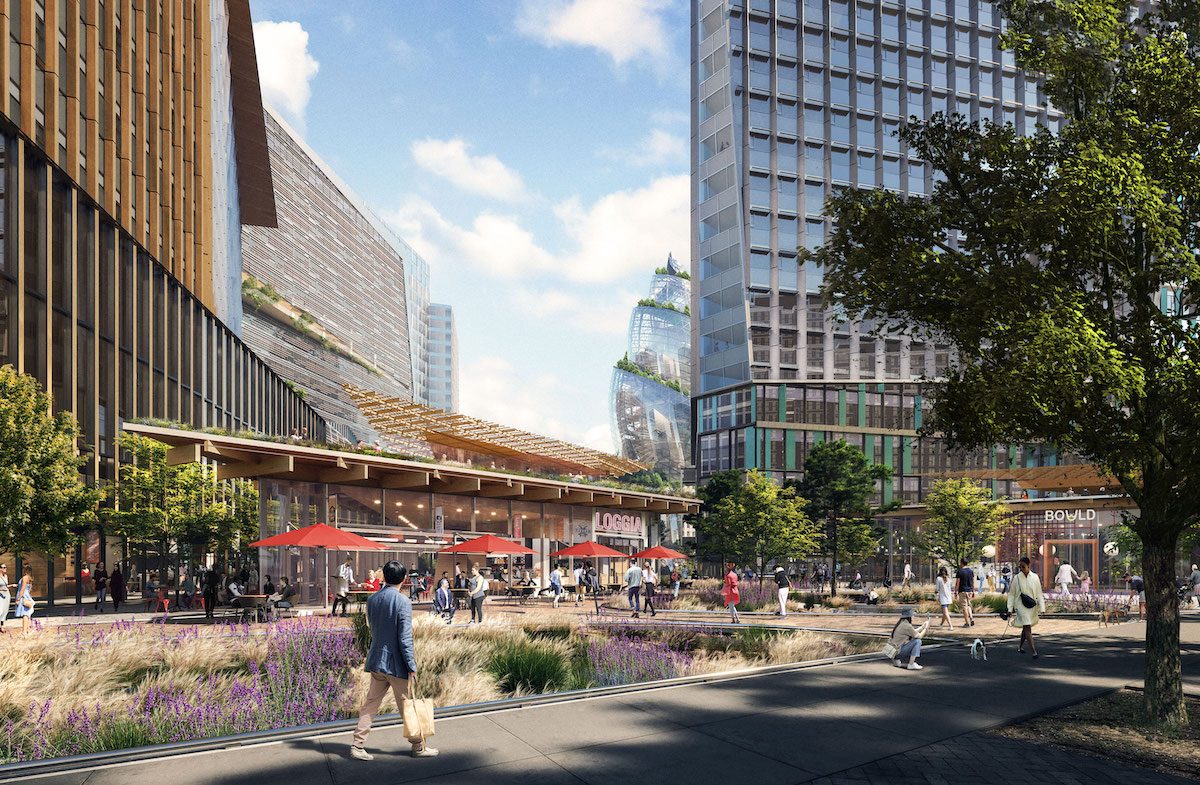Amazon’s helix design for their new HQ in Arlington, Virginia is all about creating a healthy space for the community and the planet.
Architecture firm NBBJ’s proposed 350-foot-tall design recently did the rounds on social media, being compared to a certain brown emoji that sounds a lot like Patrick Stewart, but we think the eco-conscious aspects of the project are far from sh*t.

The building was designed to meet LEED Platinum sustainable standards, and if you’re reading these words for the first time and wondering what the hell they mean, don’t worry, I’ve done some research (I didn’t know either)…
LEED stands for Leadership in Energy and Environmental Design. Run by the non-profit USGBC (U.S. Green Building Council), they are the most well known certification system in the US for rating how environmentally friendly a building is.
To put it simply, their stamp on a building means you can enter it, secure in the knowledge that it was designed, built, and is operating with sustainability in mind.

To put it a bit more specifically, there are four levels of certification a building can achieve; Certified, Silver, Gold, and Platinum. Levels are awarded on a points system, with credits being granted for factors such as location, transportation, building materials, water efficiency, and indoor environmental quality.
If you’re wondering what qualifies for Platinum certification, Amazon’s new HQ will include an all-electric heating and cooling system, powered by 100% renewable energy from a solar farm in southern Virginia. This all seems to be on track with Amazon’s commitment to reach net-zero by 2040.
In addition to considering the planet, the company is also taking into account the mental health of its workers and wellbeing of the surrounding community in the design for HQ2. From the images you can see the large amounts of green outdoor spaces for employees to get some fresh air, and large glass windows to let in lots of natural light.





















